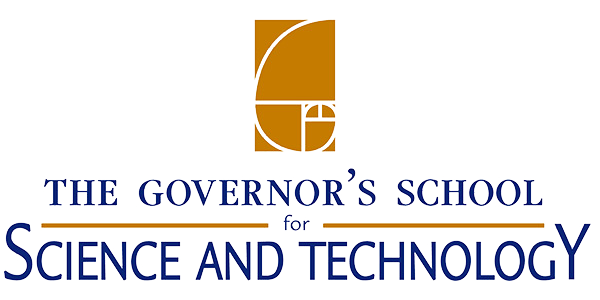Calculus-based Engineering Physics I: Mechanics to Electromagnetism
Calculus-based Engineering Physics I: Mechanics to Electromagnetism (4571): (2 weighted high school science credits)
Calculus-Based Physics I Syllabus 2025-26
This is a mathematically rigorous course that investigates the principles of classical mechanics, gravitation, periodic motion, thermodynamics, electric and magnetic field theory, AC and DC circuit theory, geometric optics through in-depth discussion, concept development, and inquiry-based experimental laboratory activities. The course also develops problem solving skills which emphasize the importance of inquiry in science, and integrates the overarching themes of conservation and symmetry. Laboratory experiments use apparatuses such as dynamic tracks, ballistic pendulums, and different electronic sensors to investigate fundamental physics theories and mathematical concepts. Computer data acquisition software is utilized to collect experimental data, which is then analyzed. The teaching paradigm employed profoundly integrates demonstration work with traditional lectures. The course encourages direct student participation. Students will be provided opportunities throughout the course to carry out investigations including evaluation and analysis of data, as well as the experimental design, with instruction being suggestive. Learning fundamental principles, generalizations, model building and the ability to apply course material to improve thinking and problem-solving are essential objectives. Gaining factual knowledge, developing specific skills, competencies, and points of view needed by professionals are important general goals. Co-requisite: Enrollment in GSST College Calculus Course (Calculus I).
Calculus-based Engineering Physics II
Modern Physics and Applied Physics and Engineering Design Principles (4580) (2 weighted high school science credits)
Learning fundamental knowledge of engineering and physics disciplines and the requisite skills to perform research, problem-solve, innovate, and create opportunities in the real world are the overarching goals of this course. Extending the first year physics material, the course includes investigations in modern physics topics such as relativity, quantum mechanics, and nuclear physics, including, for example, conceptual understanding and practical applications of Einstein’s special and general theories of relativity, the quantum wave function, Schrodinger’s Equation, and radiation and radioactivity. The course also includes a series of project-based engineering learning experiences to help the student acquire and apply the skills, tools, and best practices of the engineering profession. Learning tools include, for example, object oriented computer programming in C++, hands-on design and troubleshooting of solid-state electronics and digital systems, and industry-standard computer-aided-design software, and additive manufacturing fabrication systems. In challenging keystone projects, students are tasked to identify real-world engineering problems or opportunities, to propose and seek client approval for their unique solutions or innovations, then to design, build, and demonstrate their final products. The keystone experiences include professional engagement with research and engineering leaders invited from community organizations such as NASA, SNAME, and Jefferson Labs. Prerequisites: Engineering Physics I, College Calculus
